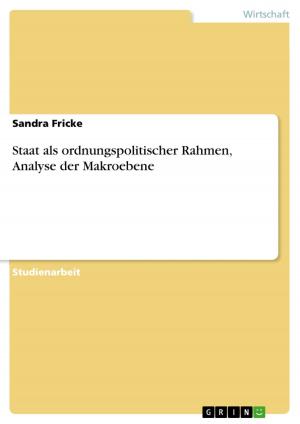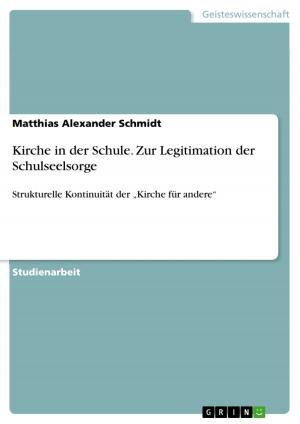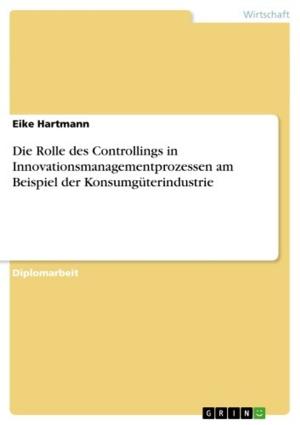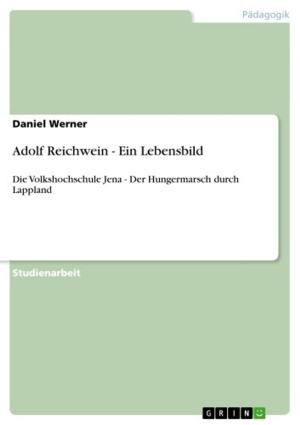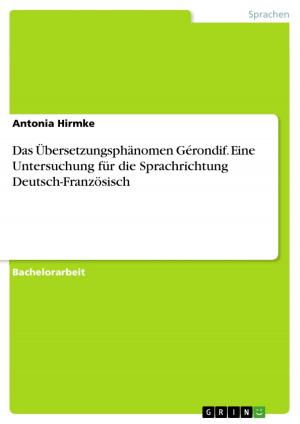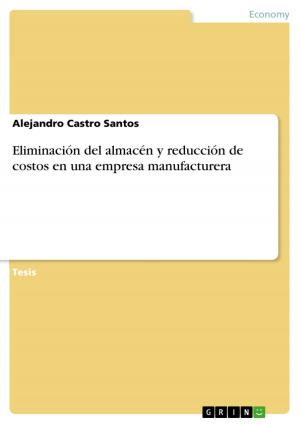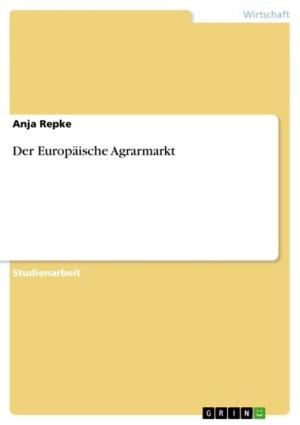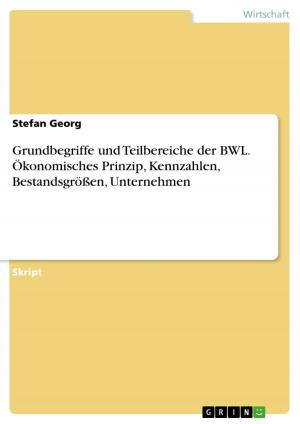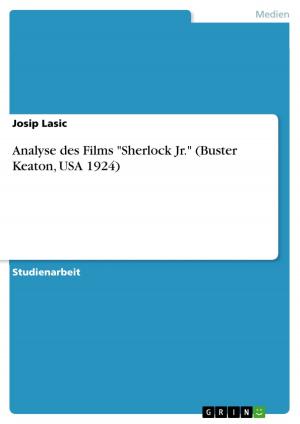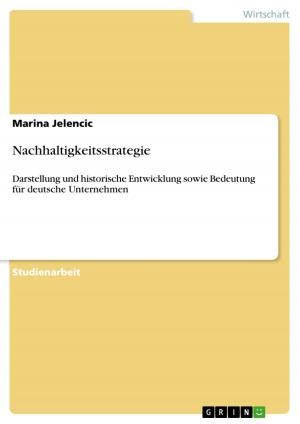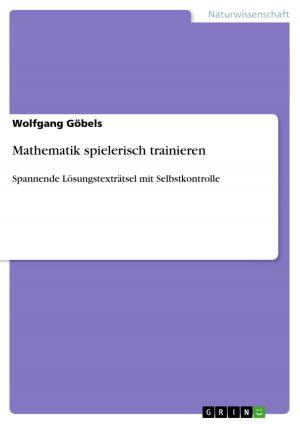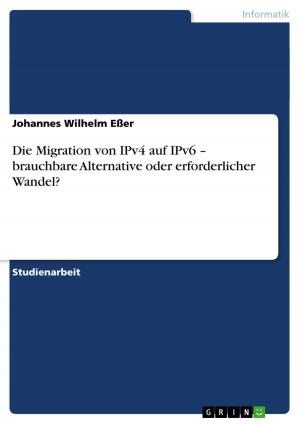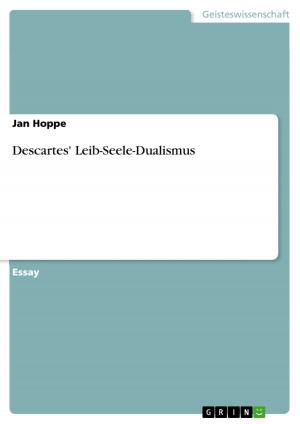Is development of Dodoma Municipality sustainable? How sustainability is?
Nonfiction, Science & Nature, Nature, Environment, Environmental Conservation & Protection| Author: | Noel Mwenda | ISBN: | 9783656172901 |
| Publisher: | GRIN Verlag | Publication: | April 18, 2012 |
| Imprint: | GRIN Verlag | Language: | English |
| Author: | Noel Mwenda |
| ISBN: | 9783656172901 |
| Publisher: | GRIN Verlag |
| Publication: | April 18, 2012 |
| Imprint: | GRIN Verlag |
| Language: | English |
Research Paper (postgraduate) from the year 2011 in the subject Nature Protection, Landscape Conservation, University of Dodoma (Institute of Rural Development Planning), language: English, abstract: The study was conducted at the area along (Dodoma-Arusha Road) from Institute of Rural Development Planning to Down Town Dodoma Municipality to assess whether development can be sustainable and how this sustainability is maintained. An organized walk was set along the road and plot was designed at an interval of 200 meters. Any observed condition leading to unsustainability was recorded, also settlement type, vegetation types, drainage systems condition, roads' condition, livestock and crops found along were recorded as well. Computer programs including macro-soft excel, macro-soft word were used during data collection and analysis. The study revealed that even the drainage systems and roads around higher institutions like IRDP were not well maintained. The road maintenance including concrete and tarmac road had some implications of lowering sustainable development as drainage systems were not directed and maintained properly, off roads were prominent at the earth road from IRDP to a stop called Mwisho wa Lami around Miyuji street along the study area. The area was also, occupied by mostly exotic trees which is an indication that the natural vegetation scenery is no longer existing. Overgrazing around settlement and open spaces found along the whole road with distance of 5km was very alarming, this was done mostly during weekends, after office working hours and night hours, an indication that land use suitability is not implemented and hence sustainable development is withered. Sewage systems are not constructed around Miyuji area and thus the community is vulnerable to deadly diseases like diarrhea and Typhoid. The recommendation for the study were also made.
Research Paper (postgraduate) from the year 2011 in the subject Nature Protection, Landscape Conservation, University of Dodoma (Institute of Rural Development Planning), language: English, abstract: The study was conducted at the area along (Dodoma-Arusha Road) from Institute of Rural Development Planning to Down Town Dodoma Municipality to assess whether development can be sustainable and how this sustainability is maintained. An organized walk was set along the road and plot was designed at an interval of 200 meters. Any observed condition leading to unsustainability was recorded, also settlement type, vegetation types, drainage systems condition, roads' condition, livestock and crops found along were recorded as well. Computer programs including macro-soft excel, macro-soft word were used during data collection and analysis. The study revealed that even the drainage systems and roads around higher institutions like IRDP were not well maintained. The road maintenance including concrete and tarmac road had some implications of lowering sustainable development as drainage systems were not directed and maintained properly, off roads were prominent at the earth road from IRDP to a stop called Mwisho wa Lami around Miyuji street along the study area. The area was also, occupied by mostly exotic trees which is an indication that the natural vegetation scenery is no longer existing. Overgrazing around settlement and open spaces found along the whole road with distance of 5km was very alarming, this was done mostly during weekends, after office working hours and night hours, an indication that land use suitability is not implemented and hence sustainable development is withered. Sewage systems are not constructed around Miyuji area and thus the community is vulnerable to deadly diseases like diarrhea and Typhoid. The recommendation for the study were also made.


